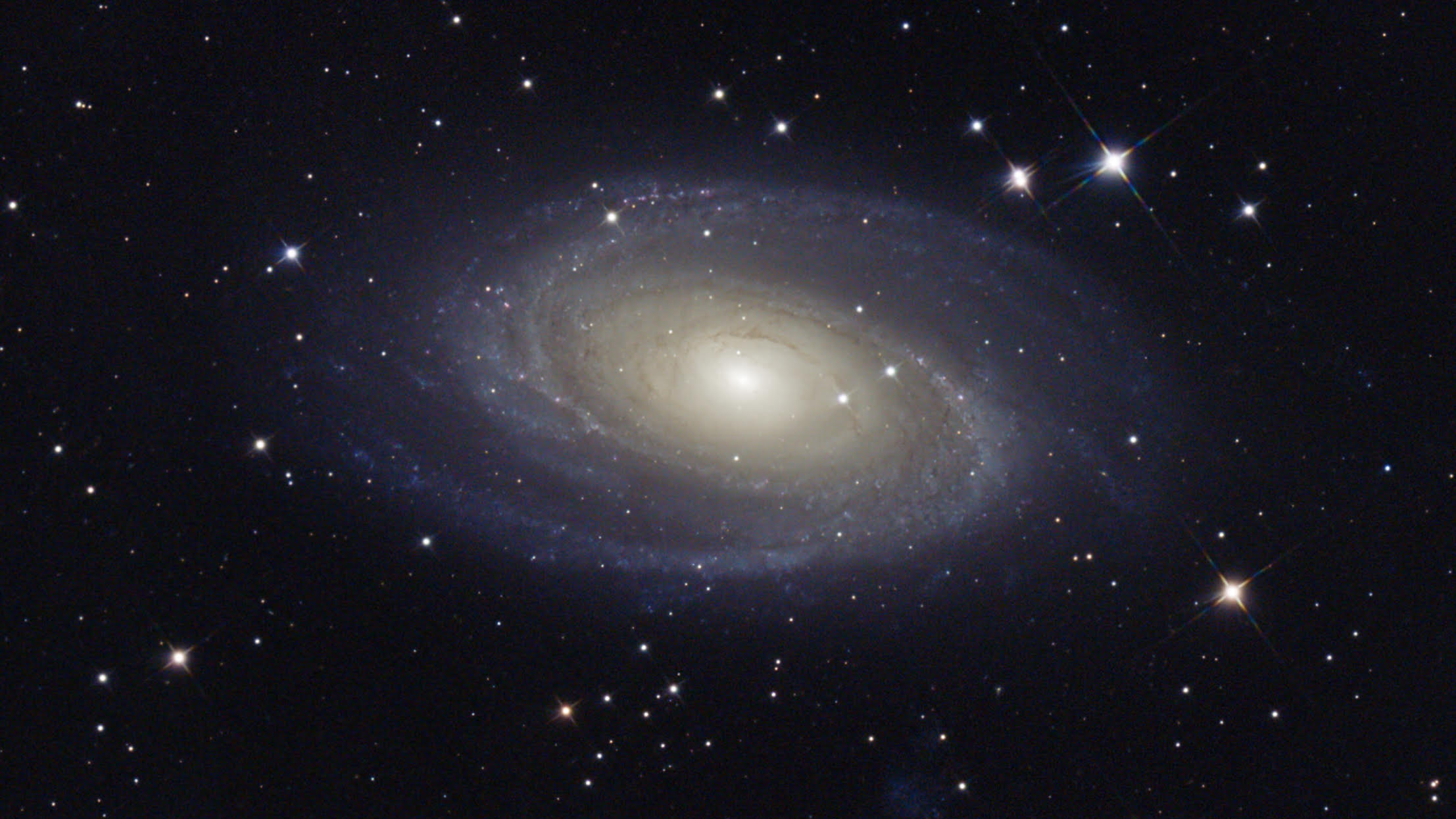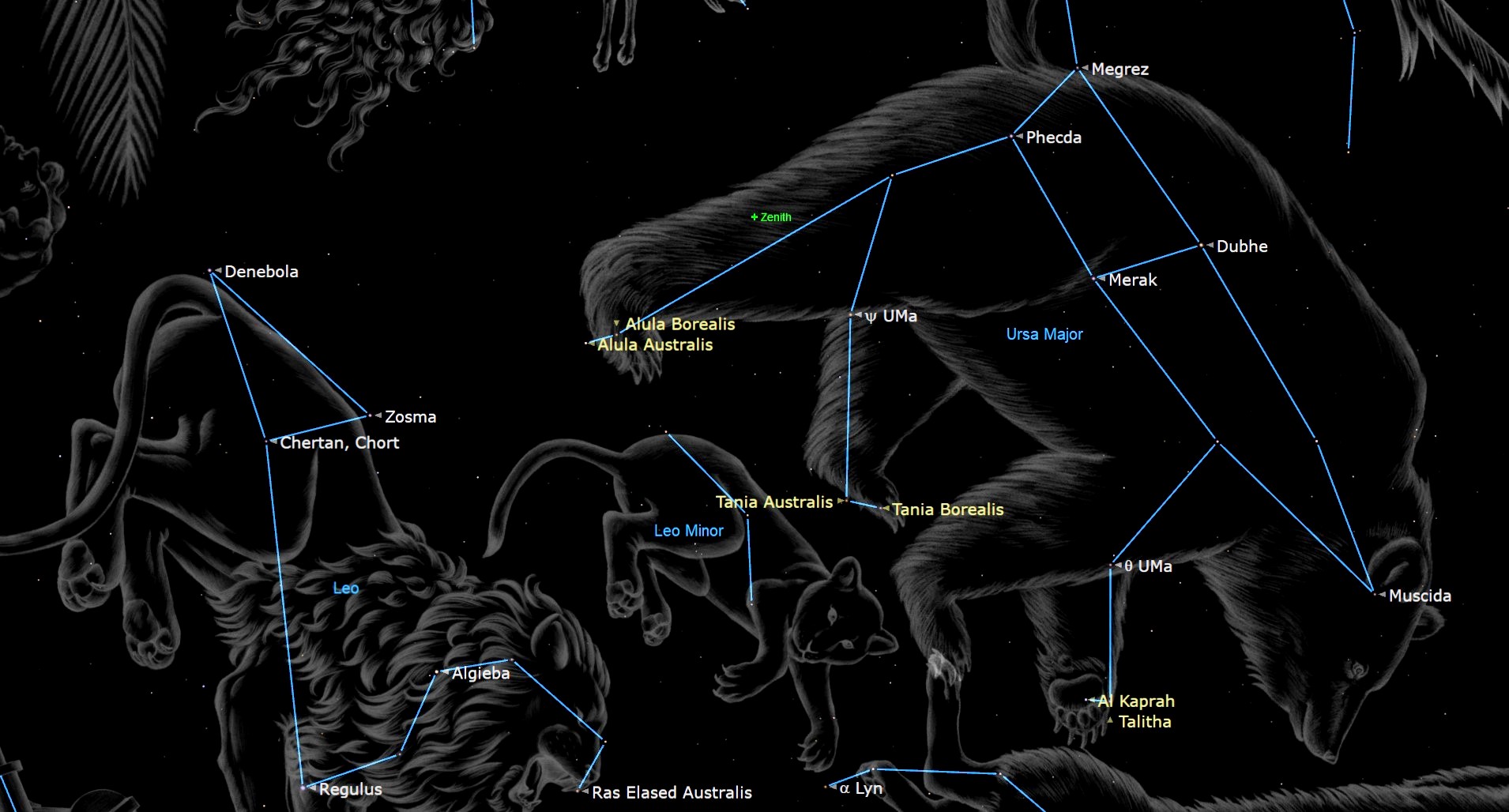NASA-built instrument will help Europe explore shape of the moon
The measurements will help create more accurate maps of the lunar surface.

The European Space Agency's (ESA) experimental moon satnav mission Lunar Pathfinder will fly a NASA-built instrument that will explore the shape and structure of Earth's celestial companion in greater detail than before.
The instrument is an array of laser reflectors that will bounce back signals sent from Earth to help scientists study the moon's gravity and internal structure with great accuracy.
The new retroreflector array on the Lunar Pathfinder mission, which is expected to launch in 2024, will return more than twelve times the laser light of previous laser reflectors flown in the moon's orbit or placed on its surface, NASA said in a statement.
"Over time, measurements from lunar retroreflectors allow us to better understand the relationship between Earth and the moon," Stephen Merkowitz, a project manager at NASA’s Goddard Space Flight Center in Greenbelt, Maryland, said in the statement. "They also contribute to our understanding of the moon's interior structure and studies of gravity."
Related: Where will NASA set up its moon base?
The new laser retroreflector array consists of 48 reflector cubes that will bounce back laser signals sent from Earth. By measuring the time it takes for the laser pulses to complete the lunar round trip, scientists can calculate precise distances between the reflector and the receiving ground station.
"Our interest is in generating the various geodetic products used by all NASA missions to geolocate their data and in orbit determination," said Merkowitz. "Laser retroreflectors like the one on the Lunar Pathfinder provide some of the critical measurements we rely on when creating these products."
Get the Space.com Newsletter
Breaking space news, the latest updates on rocket launches, skywatching events and more!
The measurements will provide a basis for a reference frame that could be used to create accurate maps that will enhance navigation on the moon as well as exploration by satellites from orbit. The Lunar Reference Frame will be an extension of the International Terrestrial Reference Frame (ITRF) that provides a foundation for geolocation on Earth.
"As spaceflight becomes more commonplace, establishing similar reference frames for the moon that are accurately known with respect to Earth will be crucial to space exploration," Thomas Johnson of the U.S. National Geospatial-Intelligence Agency (NGA), which cooperates on the project, said in the statement.
The mission is part of a NASA-led international initiative to establish permanent human presence on the moon. On August 29, NASA is expected to conduct an uncrewed test flight of its Space Launch System lunar rocket as part of the Artemis 1 mission. A mission with astronauts could take place in 2024, while a human landing on the moon is expected to take place a year after that.
Follow Tereza Pultarova on Twitter @TerezaPultarova. Follow us on Twitter @Spacedotcom and on Facebook.
Join our Space Forums to keep talking space on the latest missions, night sky and more! And if you have a news tip, correction or comment, let us know at: community@space.com.

Tereza is a London-based science and technology journalist, aspiring fiction writer and amateur gymnast. Originally from Prague, the Czech Republic, she spent the first seven years of her career working as a reporter, script-writer and presenter for various TV programmes of the Czech Public Service Television. She later took a career break to pursue further education and added a Master's in Science from the International Space University, France, to her Bachelor's in Journalism and Master's in Cultural Anthropology from Prague's Charles University. She worked as a reporter at the Engineering and Technology magazine, freelanced for a range of publications including Live Science, Space.com, Professional Engineering, Via Satellite and Space News and served as a maternity cover science editor at the European Space Agency.









